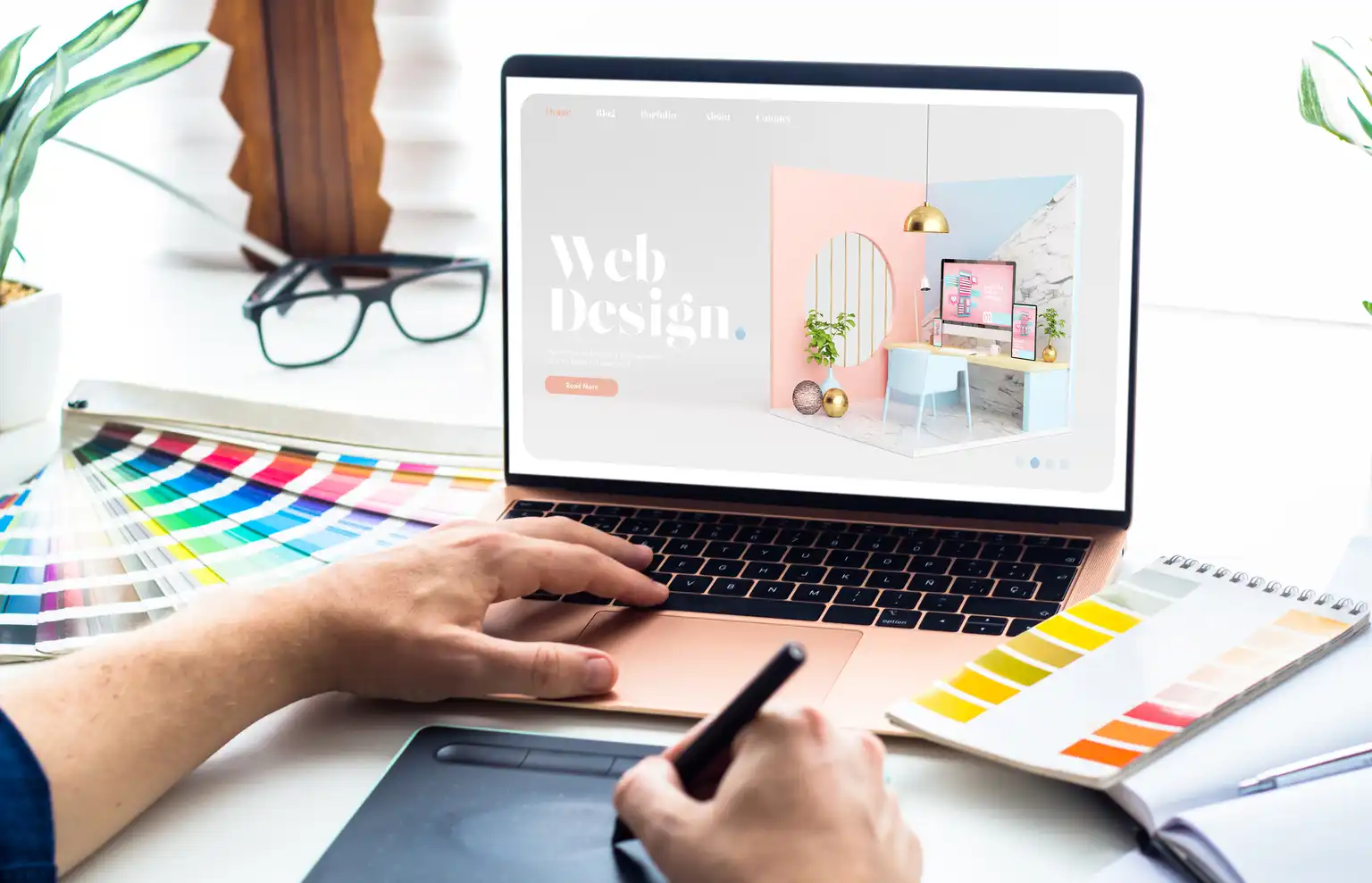Introduction: Why Staying Updated Matters
Web design is constantly evolving. What looked modern a few years ago now feels outdated. In 2025, user expectations are higher than ever—people want fast, visually stunning, mobile-first websites that feel personal and easy to navigate. If you’re a business owner or designer, keeping up with the latest design trends isn’t just about looking good—it’s about staying relevant, engaging your audience, and creating digital experiences that convert visitors into customers. Let’s dive into the top 10 web design trends that are defining this year.
1. AI-Powered Personalization
Websites are becoming smarter. AI tools are now being used to personalize content based on user behavior. Whether it’s showing relevant products or changing the layout based on previous visits, personalization is making websites feel more like tailored experiences rather than generic pages.
2. Dark Mode as Default
Dark mode isn’t just a style—it’s a user preference. More websites are now offering dark themes by default or allowing users to switch between modes. It reduces eye strain, saves battery on OLED screens, and just looks sleek and modern.
3. Micro-Animations and Interactive Elements
Subtle animations—like hover effects, loading sequences, and scroll-triggered motion—are everywhere. These micro-interactions guide users, create a sense of flow, and make websites feel alive. It’s not about flashy effects but enhancing the user journey.
4. Minimalist Layouts with Bold Typography
Clutter is out. Clean, minimalist layouts with lots of white space and strong typography are in. Fonts are becoming bigger and bolder, often acting as the main design element. This trend creates clarity, improves readability, and puts the message front and center.
5. 3D Visuals and Immersive Elements
Thanks to better browser support and faster devices, 3D visuals are becoming more common. From product previews to full-page immersive designs, 3D helps create a wow factor and makes users stay longer.
6. Mobile-First and Thumb-Friendly Design
With over 60% of users browsing on mobile, designing for smaller screens first is no longer optional. Websites are being built for one-handed use, with thumb-friendly navigation, sticky buttons, and simplified menus.
7. Custom Illustrations and Hand-Drawn Elements
Stock photos are being replaced by unique, hand-drawn graphics and custom illustrations. These elements add personality and make a brand stand out. They also help convey abstract ideas in a more visual and engaging way.
8. Neumorphism & Glassmorphism Effects
Neumorphism (soft UI) and glassmorphism (frosted glass-like elements) continue to evolve. These styles bring a modern, semi-3D look to buttons, cards, and sections. When used correctly, they can make interfaces feel tactile and futuristic.
9. Video Backgrounds and Motion Hero Sections
Static images are giving way to video-based hero sections that grab attention immediately. Short loops, ambient motion, and storytelling visuals help make a strong first impression and communicate messages faster than text.
10. Accessibility-First Design
Accessibility is no longer an afterthought. Websites are being designed with all users in mind—including those using screen readers, keyboard navigation, or with color blindness. Good design now means inclusive design, and brands that prioritize accessibility earn more trust and reach a wider audience.
Final Thoughts
Design trends in 2025 are focused on creating cleaner, faster, smarter, and more personalized experiences for users. As a web developer, staying updated with these trends ensures that the websites you create are not just functional but also competitive, accessible, and future-ready. Whether you’re building for clients or for yourself, incorporating even a few of these trends can help your website stand out in a crowded digital space.

